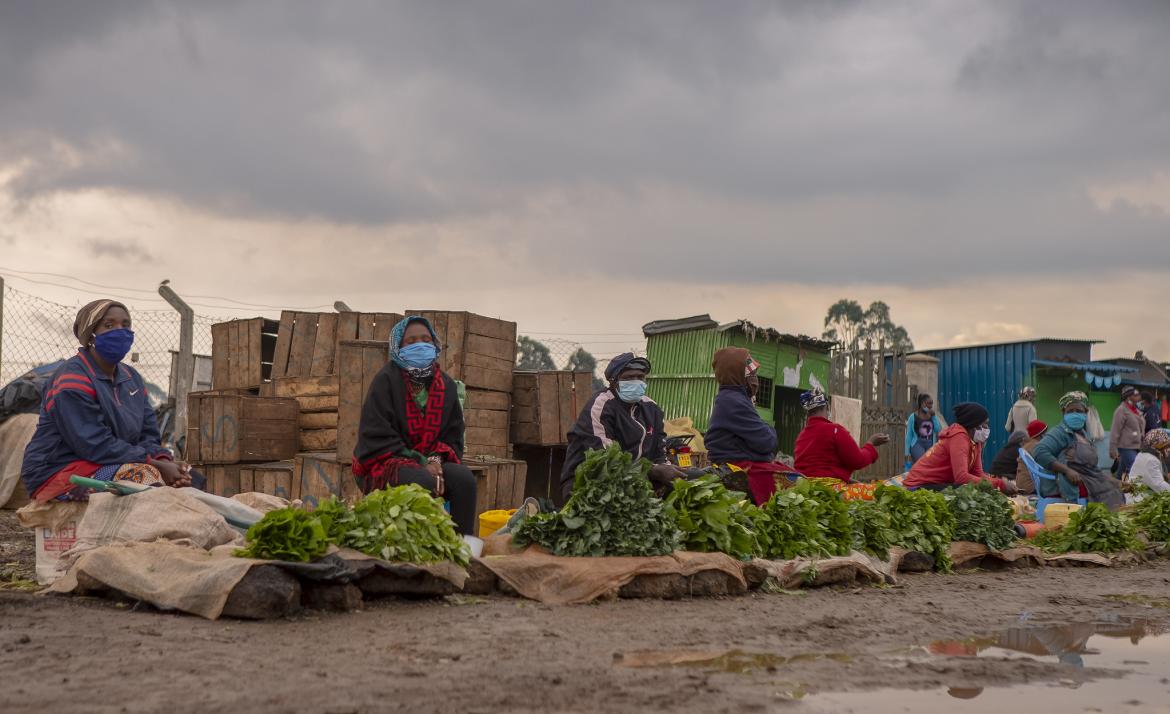Smallholder Families in COVID-19: Distinct Segments, Different Impact

Since our April blog, more field reports and anecdotal evidence have emerged to gain a more holistic picture of the COVID-19 impact on smallholder farmers. The spillover effects of this health crisis are unprecedented, spreading across all sectors with major damages to food systems, transportation, trade and tourism as well as altering businesses and daily lives around the world through control measures. In our work, we also see farmers suffering economic impact from business shutdown, movement constraints and supply chain disruption. For example, inputs/animal feed are not available or become more expensive due to temporary closure of agro-dealer shops and logistical delays in delivering inputs to rural areas. Decline in access to affordable seasonal labor, market and limited loans as well as reduced remittances are also reported, increasing the vulnerability of many who already live at the edge of poverty.
However, the world’s 500 million smallholder households do not share the same experience: while agricultural activities are relatively stable in some Asian countries with reopening of export in Vietnam, Cambodia and Myanmar, some regions suffer from compounding effects of the pandemic, locust invasion and natural disasters such as floods in East African countries and intensifying social instability in fragile states such as Somalia and Yemen. To refine understanding of smallholder households and uncover general commonalities and differences of their COVID-19 situation, this blog looks at the following three segments of smallholders, as defined by CGAP, based on their livelihood profile– subsisting, commercializing and diversifying.
Click here to view the full blog in PDF.
Photo Credit: World Bank Group. Social distancing in a local market in Kenya (April, 2020)
